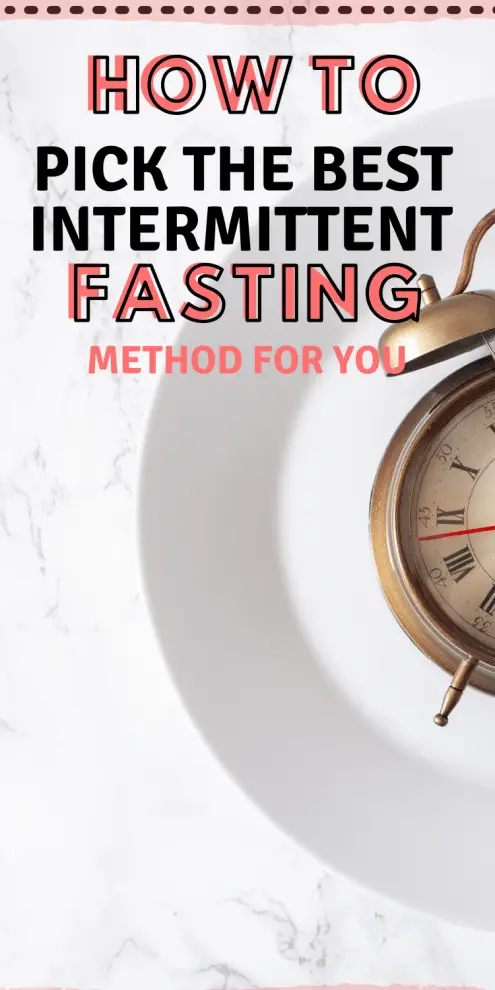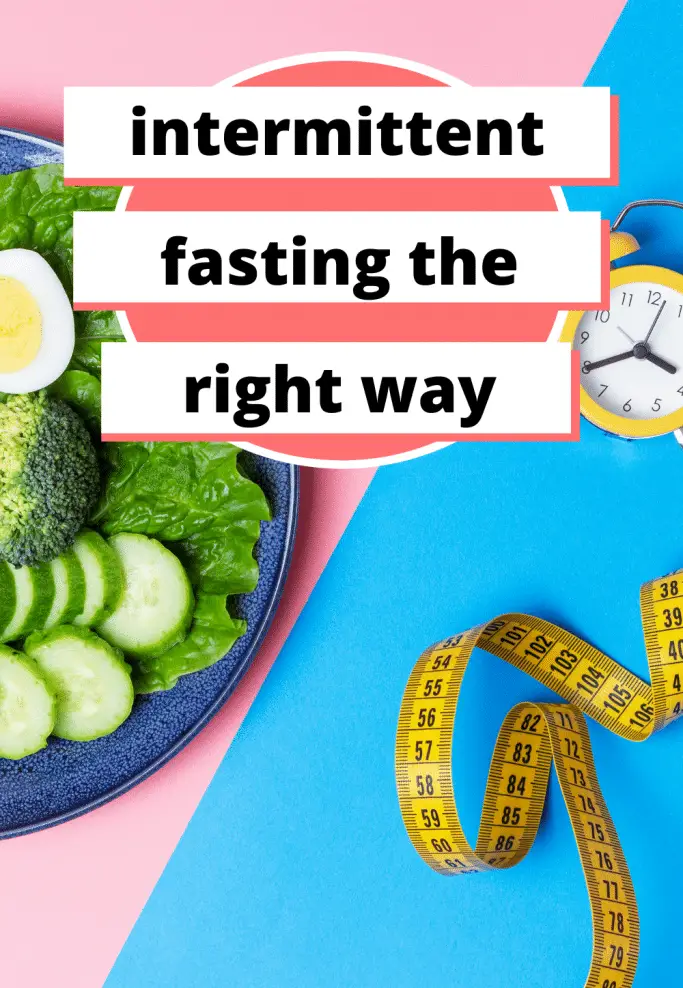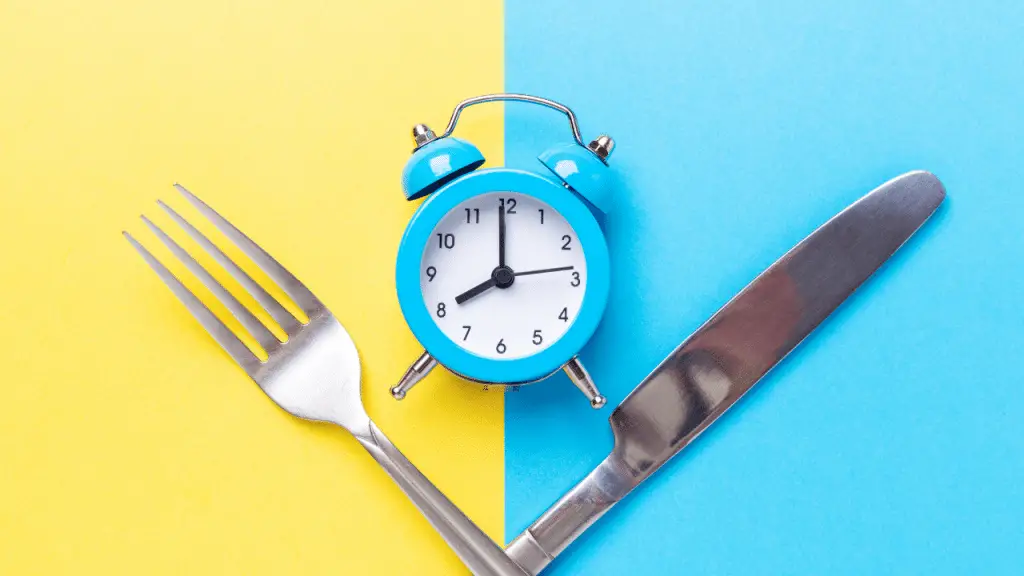Wondering Which intermittent fasting method is best for me. I have you covered! We will talk about why intermittent fasting works and how to make it work for you!
Intermittent Fasting Benefits
Before we figure out which intermittent fasting method is best for you, let’s look at the benefits of intermittent fasting:
- HGH (human growth hormone) secretion: HCH is produced by the pituitary gland and decreases as we age. It is used by the body to help repair your tissues. More HGH is secreted following exercise, fasting, and sleep.
- Ketone production: As your body runs out of glycogen during fasting, it will turn to fat cells to produce ketones. Most people start to produce a small number of ketones after a 12-hour fast. To be considered in ketosis, your ketone level needs to be at least 0.5 mmol/L. This requires a longer fast, usually until lunchtime. Using ketones for energy helps regularly helps you to become metabolically flexible. You will notice your appetite decreases, you have more energy, and you feel more focused. Please read What Is Metabolic Flexibility and How It Can Help You Lose Weight.
- Improved insulin sensitivity: Improving insulin sensitivity means your body uses glucose more effectively, reducing blood sugar levels. High blood sugar levels can lead to diabetes in the long run. In the short term, it causes fatigue, poor immune function, and food cravings. Learn how fasting helps improve insulin sensitivity.
- Increased cognitive function
- Increased energy
- Sustainable lifestyle: Intermittent fasting is sustainable because it doesn’t require you to deprive yourself all the time.
For me, the best part of intermittent fasting has food freedom. My health improved without me having to follow a more restrictive diet like the autoimmune paleo protocol. I still have to avoid gluten and dairy, but if I focus on whole foods and vegetables most of the time, I indulge too.]
Learn about the different intermittent fasting methods and their benefits in my Intermittent Fasting 101 Workshop.
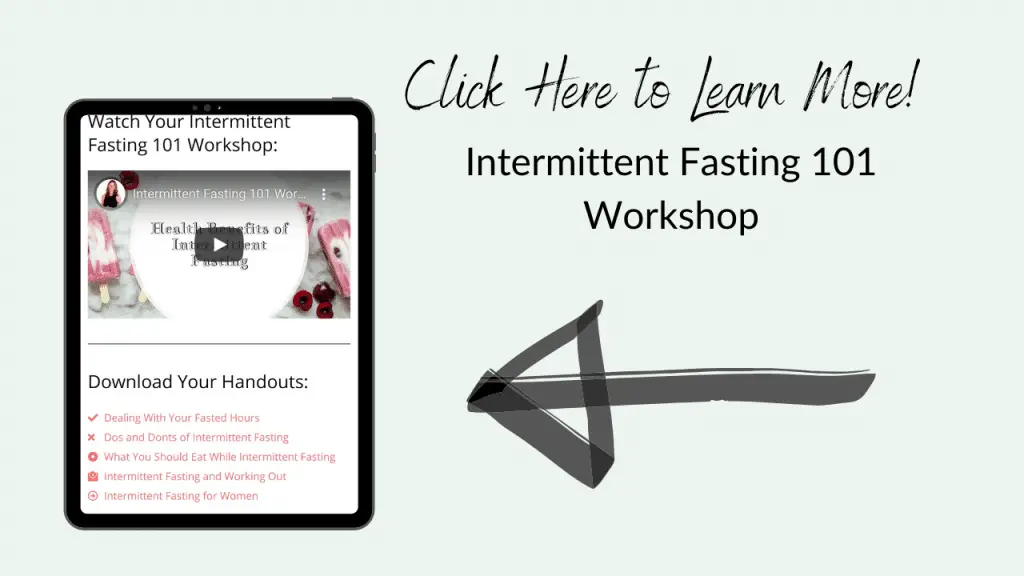
Intermittent Fasting Methods
Here are the most common methods of intermittent fasting:
- Daily fasts: Many intermittent fasting methods require you to fast daily. You pick your fasting window (usually between 16 and 23 hours) and practice daily. You don’t have to choose the same fasting length. It’s good to play around and see what works for you. My favorite is the Warrior Diet, a 20-hour fast (read Why You Should Consider the Warrior Diet for Weight Loss).
- 24-hour fasts: Pick two days and fast for 24 hours. It’s called the Eat-Stop-Eat Method.
- 36-hour fasts: Pick two days and fast for 36 hours (one night, the next day, and the next night). It’s called Alternate Day Fasting. Alternatively, you can eat 500 calories during the 12-hour window during the day. It’s called the 5:2 method.
Whatever method you choose, remember you most likely benefit from diversity. It’s a good idea to navigate from method to method once in a while.

Which Intermittent Fasting Method Is Best For You
Picking which intermittent fasting method is best for you will depend on your health goals and your experience with intermittent fasting. If your main goal is weight loss, keep reading, we will talk about some specific tips to help you achieve weight loss. Otherwise, prolonged fasting may be something to consider if you are struggling with some health issues. Specifically, I recommend you learn about Modified Fasting.
Best Intermittent Fasting Method for Weight Loss
When it comes to weight loss, there are some factors you should consider when deciding which intermittent fasting method is best:
- Can you maintain the chosen method long-term?
- Is it going to allow enough of a calorie deficit to see results?
- Is your chosen method allowing you to fast long enough to at least get into ketosis occasionally?
- Can you find a way to shake things up?
- Do you have more than one way to track your progress?
You will most likely have to try different methods before finding one that works for you.

The 5:2 Intermittent Fasting Method for Weight Loss
If you are a beginner, the 5:2 method is one of my favorites. It will create enough of a calorie deficit (at least 2,000 calories) each week to see the scale moving down each week. As a reminder, you need a deficit of 3,500 calories to lose one pound a week, so you may not lose one pound each week, but at least half a pound.
What I like most about the 5:2 method is that it allows you to eat (albeit less) while fasting. Moreover, it is done only twice a week, so it’s perfect for beginners.
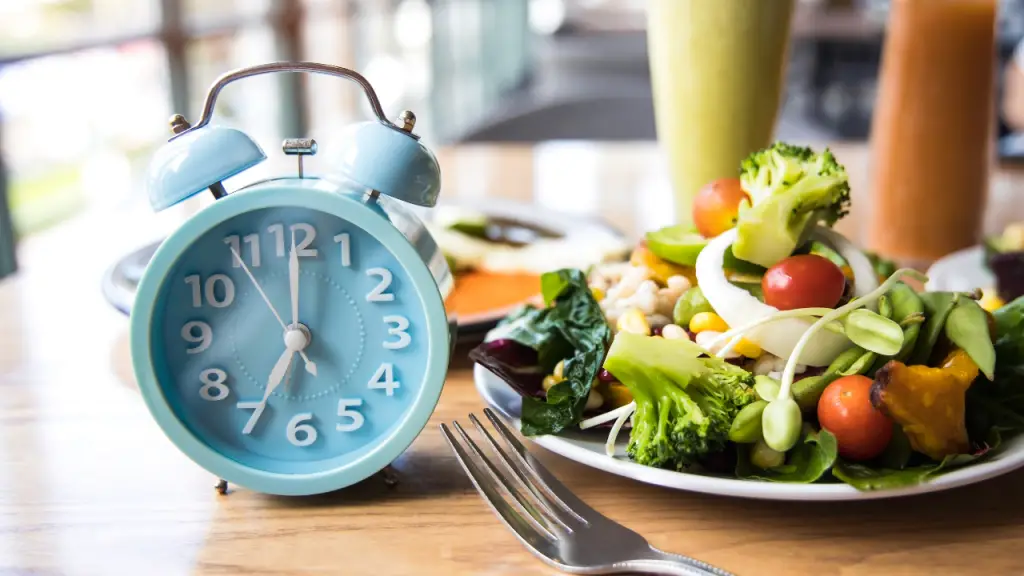
The Warrior Diet for Weight Loss
Another option that has been extremely effective for me is the Warrior Diet. The Warrior Diet requires fasting for 20 hours each day. It makes it easy to create a calorie deficit without feeling too deprived. You learn to enjoy and savor your food during the 4-hour eating window. You will also notice your appetite decreases substantially after a few weeks. Read Why You Should Consider The Warrior Diet for Weight Loss.

When You Are Not Losing Weight With Intermittent Fasting
Some people will lose weight effortlessly on the 16:8 method, while others will struggle on OMAD (one meal a day) or the 23:1 method. Each of us is unique. If you are new to intermittent fasting, start slow and see how your body reacts. If you are experienced but you are struggling to lose weight, here’s what I recommend:
- Try a different method: Keep experimenting with the length of your fasting window or try a modified fast.
- Eat whole foods: Make sure you do not binge eat junk food during your eating window.
- Give it time: Don’t stress about it. That will not help. Sometimes the scale doesn’t tell the whole story.
- Enjoy the journey: The goal is not a crash diet. You are learning to enjoy a new lifestyle.
Furthermore, you may enjoy my post Top 5 Reasons You Are Not Losing Weight With Intermittent Fasting.
Which Type of Intermittent Fasting Is For You Video
In Summary
Choosing which intermittent fasting method is best for you is not an exact science. The best intermittent fasting method will vary from person to person and will change over time for you. Keep in mind that the best way to keep benefiting from intermittent fasting, particularly if you are a woman, is to stay flexible. Learn to listen to your body and enjoy the journey.
